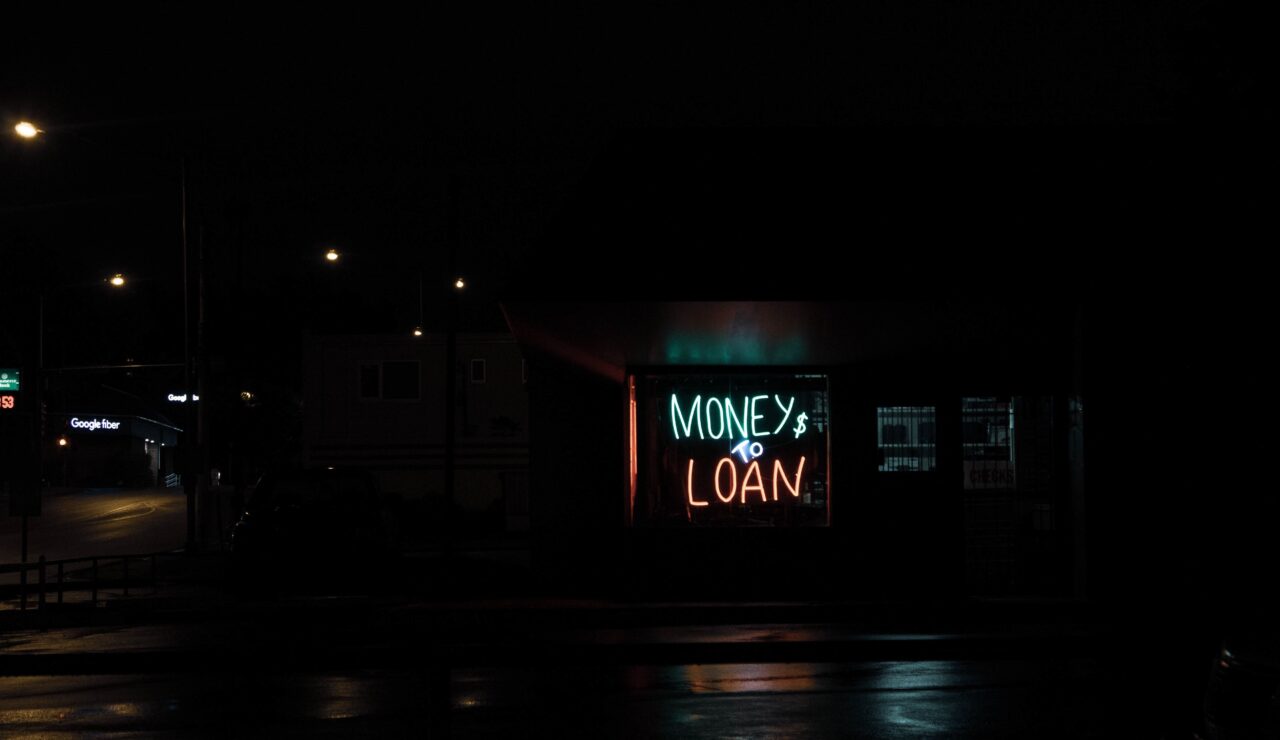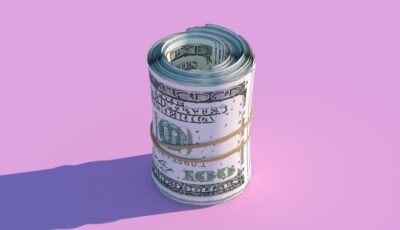In the world of startups and corporate finance, the Convertible Loan (also known as a SAFE) is an increasingly important instrument. A convertible loan allows investors to invest in a company at an early stage while providing a flexible way to convert their investment into equity.
After explaining the concept of a convertible loan and its advantages in the first part of our blog series on convertible loans, we will now take a closer look at the conversion of convertible loans and typical contractual provisions such as the interest rate, the discount and the cap valuation.
Convertible loan at a glance
A convertible loan is a form of business financing where investors lend money that can be converted into equity at a later date. This is usually done on pre-determined terms set out in the loan agreement. It is an attractive option for startups as it allows them to raise capital at an early stage without having to undergo an immediate valuation of their business.
The conversion
For startups, cash is often scarce and is usually needed to invest in building the business. To avoid having to use cash to repay loans, the investor and the startup agree to convert the loan into shares in the company. The conversion to equity usually occurs at certain pre-defined events (known as trigger events), such as a funding round or an exit. At that point, the loan amount is converted into company shares based on pre-defined conditions.
To prevent founders from simply issuing a few shares to each other at an inflated valuation, thereby forcing a conversion at a high valuation, the trigger events must be “qualified”. Typically, a minimum investment volume is agreed to trigger a conversion (e.g. more than € 500’000 in total new money, with new investors subscribing for e.g. 50% of the shares).
Often the parties agree on a maturity date, by which time the convertible loan must be converted into shares in the company. Such an arrangement protects the startup company, which is typically ‘cash poor’ at maturity. If no trigger event (such as a funding round) has occurred by the maturity date, the loan does not have to be repaid, but is converted into company shares at the contractually agreed terms.
Legally, the conversion is executed by offsetting the loan against the issuance of new shares to the investor.
The Interest Rate
The interest rate on a convertible loan is often lower than the market rate for similar loans. This is because the main attraction of a convertible loan is the conversion of the loan amount into shares in the company. The interest rate is usually between 1% and 5%, but can be waived depending on the negotiation. The key point is that the interest is usually not paid directly to the lender (with some exceptions). Instead, the interest is added to the original loan amount and this total is later converted into shares in the company.
For example, take a loan of € 1’000’000 with an interest rate of 3%. After two years, the total loan amount including non-compounding interest is € 1’060’000. If a conversion event occurs at that time, such as a funding round, the total amount of € 1’060’000 will be converted into shares in the company.
In the current market environment, an interest rate of 4-6% is often used. However, we recommend that you focus more on understanding and negotiating the discount (see below) as it has a much greater leverage effect.
The Discount
In addition to the interest rate, which increases the loan amount each year, the discount provides an additional incentive to investors and compensates them for the higher risk they take by investing at an early stage in the company’s history.
The discount gives the convertible lender the opportunity to convert his loan into shares in the company at a lower price than the investors in the next financing round. This rewards the early investor for his early commitment and the higher risk of default that this entails. The lender receives proportionately more shares per amount invested than later investors by using a business valuation reduced by the discount.
The later an investor invests in a (successful) company, the lower the default risk and thus the lower the interest rate and the discount.
Example:
- If new investors invest in the company at a valuation of € 5 million, a discount of 20% means that the convertible lender can convert the loan amount into shares at a valuation of € 4 million (80% of € 5 million).
- For a company with 25’000 shares (before conversion and capital increase) and a valuation of € 5 million, the price per share is € 200 (€ 5 million / 25’000). This price applies to the new investors in the financing round.
- Without any discount, a convertible loan of € 100’000 would be converted into 500 shares (€ 100’000 / € 200).
- For the convertible loan holder, however, the discount reduces the valuation by 20% to € 4 million, so that the price per share for him is only € 160 (€ 4 million / 25’000). This means that he can convert his € 100’000 convertible loan into 625 shares (€ 100’000 / € 160), receiving 125 more shares than he would have without the discount.
In practice, we usually see discounts in the range of 15-25%. The further away the company is from a major funding round, the higher the discount is likely to be.
The Cap Valuation
In addition to the discount, a cap valuation (also known as a conversion cap) is usually part of a convertible loan agreement. The cap valuation is the maximum company valuation at which the loan will be converted. This protects the early investors from the company being overvalued in a later financing round. The lower the cap valuation, the better for the lender/investor (and less favourable for the existing shareholders/founders), as the lender gets more shares for his money at a lower valuation.
The valuation cap ensures that an investor’s investment will not be too diluted if the company’s value rises sharply. On the other hand, a cap valuation can also have an anchor effect on future investors and financing rounds. In the case of an outstanding convertible loan with a maximum valuation of € 2 million, investors in a financing round might try to bring the value of the company as close as possible to this cap valuation.
If the parties agree on both a discount and a valuation cap, as is common in the market, the discount will only be applied if the valuation of the company using the discount is less than the cap valuation. The reason for this is that the convertible lender should not benefit twice.
Example:
- The parties agree on a discount of 20% and a maximum valuation of € 4 million.
- At a pre-money valuation of € 5 million or more, the discount no longer applies. This is because 80% of € 5 million already reaches the valuation cap of € 4 million. Therefore, from this point on, no further discount applies and only the cap valuation determines the conversion price.
- The situation is different for a pre-money valuation of € 4 million. In this case, the company value after applying the discount is € 3.2 million (80% of € 4 million). The € 4 million valuation cap has not yet been reached, so the discount is applied when calculating the conversion price.
Impact on the cap table
It is extremely important for founders to anticipate the impact of a conversion loan on a cap table. Need help with this? Contact us for a free cap table.
Example:
Let’s say we have two founders with 12’500 shares each:
| Shareholder | Founder shares | Share in % |
| Founder 1 | 12’500 | 50 % |
| Founder 2 | 12’500 | 50 % |
| Total | 25’000 | 100 % |
The company also has an outstanding convertible loan with the following terms:
| Loan amount | Interest rate | Discount |
| € 100’000 | 10 % | 20 % |
After one year, the company plans to raise additional capital in a financing round. The aim is to raise € 500’000 from investors at a pre-money valuation of € 2 million. The price per new share for the new investors is therefore € 80 (€ 2 million / 25’000).
For the convertible loan, the discount is applied. This reduces the price per converted share for the lender to € 64 (€ 1.6 million / 25’000).
- The new investors receive a total of 6’250 shares for their € 500’000 investment (€ 500’000 / € 80).
- After 3 years, the outstanding loan amount including compound interest is € 130’000. As part of the conversion, the lender will receive approximately 2’031 shares (€ 130’000 / € 64).
The cap table after the conversion and financing round is as follows
| Shareholder | Founder shares | Investment | New shares | Shares in % |
| Founder 1 | 12’500 | 37.56 % | ||
| Founder 2 | 12’500 | 37.56 % | ||
| Convertible lender | € 130’000 | 2’031 | 6.10 % | |
| New investors | € 500’000 | 6’250 | 18.78 % | |
| Total | 25’000 | 33′281 | 100 % |
This example highlights three key takeaways:
- The founders were diluted from 50% each to around 37.56% each.
- Thanks to the discount, the lender received 2’031 shares on conversion (compared to 1’625 without discount, i.e. € 130’000 / € 80).
- Increase in value for the lender: After the financing round, the company is valued at € 2.5 million (post-money). The original loan of € 100’000 was converted into an equity package worth €152’500 (6.10% of € 2.5 million), an increase of more than 50% over three years.
Conclusion
Convertible loans are a powerful tool for startups to raise capital early without having to commit immediately to a specific company valuation. The combination of interest, discount and cap valuation allows founders and investors to be flexible and fair. However, it is important to carefully weigh up the individual terms and seek professional advice to find the best possible financing structure for the company.
Interested in Convertible Loans or just want to know more? Don’t hesitate to speak to one of our Startup Financing & VC experts!



